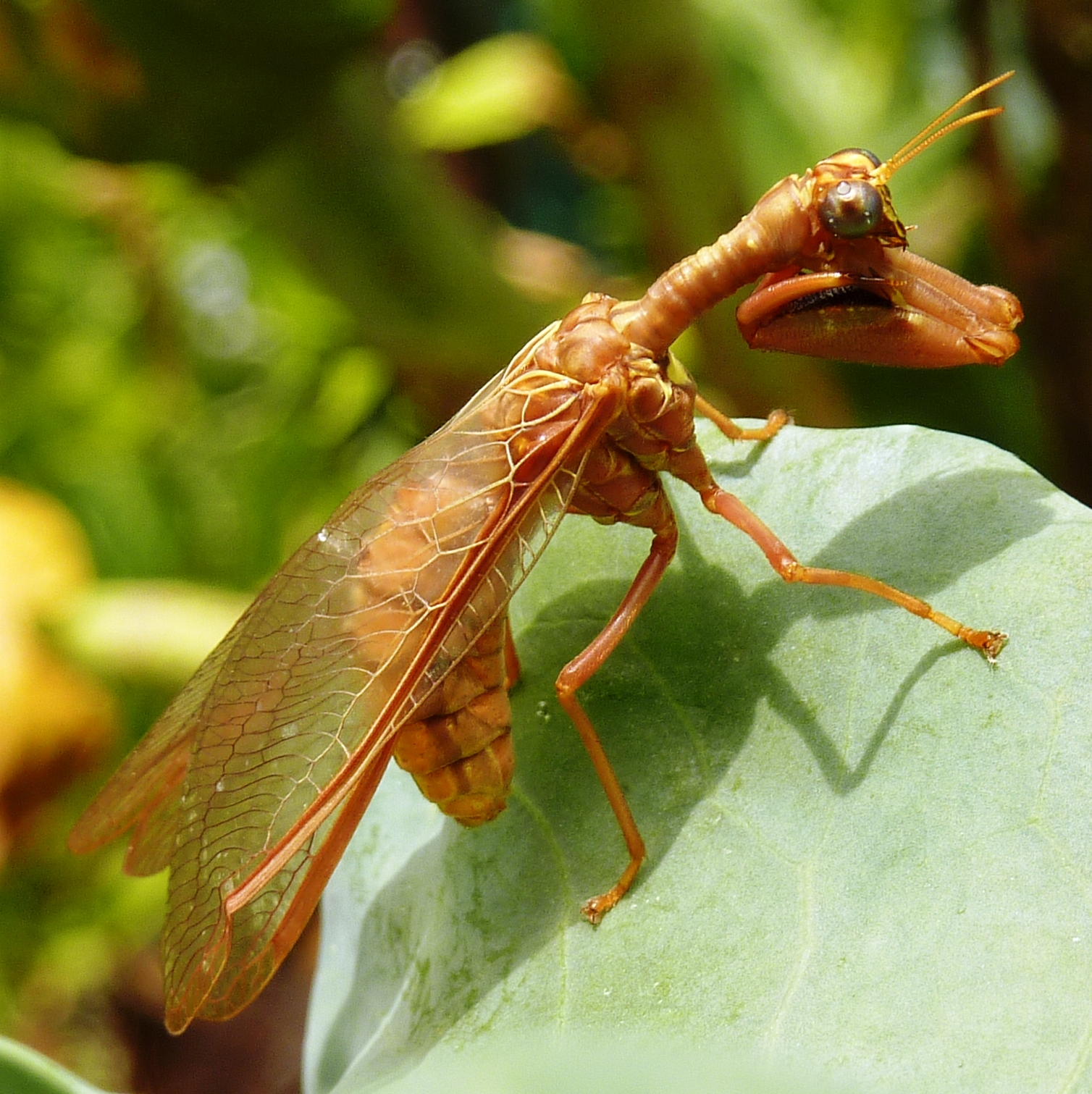A few of us camped at ‘Pup’s house, with everyone else camped at Maureen’s expansive, tailored facilities, maybe about a hundred of us altogether? ‘Pup and Maureen are perfect hosts. The Grotto raised somewhere around $2,000 via auction of donated stuff. After expenses, about a thou should remain for charitable karst conservation efforts. I got a great deal on an old scuba regulator set at the auction, which I will try to sell for a profit to be donated to Sewannee Mtn Grotto, but I’m keepin’ the $6 sheath knife I scored.
We visited Sinking Cove Cave the first day, Thursday Sep. 3, parking at the Wolf Entrance and walking uphill to Entrance #4, doing a through trip from there back to the Wolf Entrance. It is a spacious stream cave of mostly walking height or larger, and stream depths that were always less than a meter where I went. Speleothems are generally small, many being eroded by flood waters in a deposition-erosion cycle, with speleogens being better developed. Speleothems are calcite deposits and speleogens are bedrock projections that remain after the cave has been carved out.
On Friday we visited Stephen’s Gap Cave, one of the most photographed karst sites in the Southeastern US. This is “Nuke” ascending the rope after his rappel:

Stephen’s Gap is a deep, vertical-sided sinkhole with two entrances side-by-side, one which you rappel into and the other you clamber down into. I took the latter route as I was still recovering from the previous night’s revelry. Sleaze had some trouble with the lip at the top of the drop, so much so that he became quite heated up there on the edge after ascending from the pit. As usual, he was quite cheerful and optimistic about this predicament, so I snuck over and rocked his pack. It wasn’t a big rock, just a little thing maybe a couple of centimeters in diameter, just large enough for me to be able to count coup.
But I had messed up. I had accidentally rocked Brian H’s pack instead! How embarrassing. But I bided my time, and when Sleaze was repacking for the hike down the mountain and was having a little trouble getting a gear bag into his pack, I leapt forward. “Let me help you,” I offered, as I held the other side of his pack open. He gratefully allowed me to do so, and as the gear bag slid into the pack, so did a little rock.
I snuck over to ‘Pup and counted coup with him again, and then I got evil. I sidled over to Brian and told him I had rocked Sleaze’s pack, and we howled together in glee over “our” secret. Well, what worked once, I thought, might work twice, so I sidled this time over to Sleaze, and told him I had rocked Brian’s pack. But to my surprise Sleaze was not amused, he just got suspicious, and obviously justifiably so. Here is our happy rappeller:

Saturday I returned to Conley Hole after not having been there for several decades. It is a great big chamber accessed by a central, smaller vertical shaft at the top, not unlike a flask sitting right side up. It has a total free rappel distance of 51 meters (167 ft). This is me on the verge of descent:

On Sunday the 6th we went to Bluff River Cave. This is another stream cave, similar to Sinking Cove although smaller. It was discovered by a friend of mine, Bobby W, and I wish I could reproduce his map of the cave here – it is a masterpiece. Researchers were there collecting benthic samples and looking at water quality and cave critters. We saw two troglobitic crayfish and perhaps 5 or 6 Tennessee cave salamanders, Gyrinophilus palleucus, in the stream. We see trog cray in Florida all the time, but G. palleucus lives only in TAG and thus is a treat to see. It is lightly pigmented and has exterior gills, which are neotenic characteristics. Although an obligate cavernicole, it is among the larger salamanders in the region, reaching 22.5 cm (8.875 inches) in total length:

Monday we wandered around the countryside, hiking about 4 miles of trails in Fiery Gizzard Cove at Grundy Forest State Natural Area. Even on Labor Day, this place of fine trails had few visitors.
We did not see a single snake in 5 days of wandering around the countryside. In NE Alabama we drove by what surely must be the largest, densest patch of cardinal flower (Lobelia cardinalis) I have ever seen. It occupied a 20-meter stretch of roadside ditch, gorgeous:


No comments:
Post a Comment